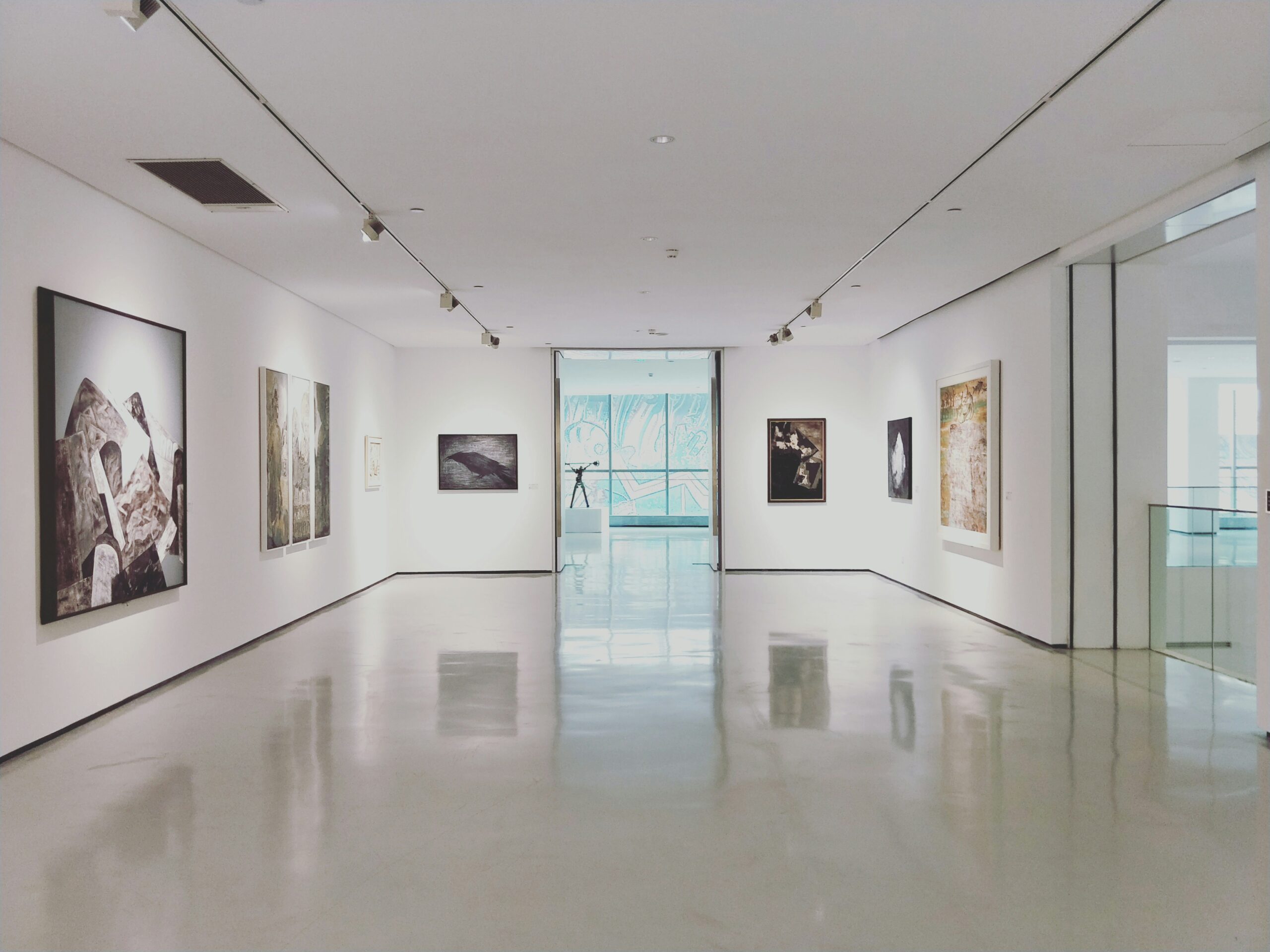In this week’s Our Take, Dutch cinemas reinvent attention, throat care struts onto the runway, Grindr spins activism into wool, and UNESCO redefines heritage through absence.
ADHD FRIENDLY CINEMA

Once upon a time, going to the cinema meant one thing: sit still, stay quiet, stare forward. A one-size-fits-all ritual in a dark room built for the mythical “average viewer.” But that formula isn’t holding anymore, at least for the Netherlands.
A new Dutch breed of ADHD-friendly cinemas is quietly rewriting the script, offering a space where cinema becomes a full sensorial experience. No shushing, no judgement, no expectation of stillness. Instead: warm lamps, small desks, soft seating, and the gentle rhythm of knitting needles or doodling pens.
Film doesn’t lose anything by allowing movement. It gains texture. It becomes active instead of passive, sensory instead of static. What used to be distracted viewing starts now to look like a deeper, more human form of attention.
When a cinema designed for ADHD viewers improves the experience for everyone, it stops being a niche category. It shifts the mindset from ‘fit in’ to ‘we’ll make room for you,’ proving that inclusivity is not a niche add-on anymore but a competitive advantage.
Haute Cough-ture

Ricola US has decided that throat care should no longer live in the gloomy aisles of the pharmacy, it belongs on the runway. Their new “aromattire” collection (yes, scented scarves are now a thing) infuses Swiss Alpine herbs straight into the fabric. Think Lemon Balm + Mint or Peppermint, paired with a discreet little pocket for your lozenges. Wellness, but make it wearable.
In partnership with Tombras, the collection is shot like a high-fashion campaign, moody lighting, dramatic stills, and that iconic Ricoooolaaaa echo floating somewhere in the background.
What’s interesting is how on-trend this actually is. We’re in an era where health doesn’t want to look like health; functional products are ditching sterile visuals for lifestyle-led storytelling. Beauty is becoming biotech, supplements are going luxury, and now herbal lozenges are flirting with fashion. Ricola isn’t just selling relief; they’ve stepped into the cultural conversation by wrapping utility in aesthetic. Literally.
This winter, throat care isn’t just sensible – it’s downright stylish. Welcome to cough-cough couture.
Gay Sheep Are So Chic

Grindr has swapped the grid for knitting needles with I Wool Survive – a 36-piece collaboration with Rainbow Wool and designer Michael Schmidt made entirely from the fleece of rescued “gay” rams. Yes, actual rams who were rejected for not mating with ewes. Instead of being culled, they’ve been given a second life – in knitwear.
And in all fairness – our heartstrings are tugged – It’s some of the most meaningful textile work we’ve seen all year.
The collection reimagines iconic queer archetypes – sailors, leatherheads, athletes – but stitched in yarn that carries a deeper punch. This is a story of cosy knitwear and quiet, defiant activism. The entire project flips the narrative on its head: animals punished for their natural instincts are now wrapped into designs celebrating queerness, identity, and chosen pride.
Rainbow Wool shepherd Michael Stücke puts it best: their fleece “is not just material, it is a message.” And that message lands. In a cultural moment where queer expression is still contested in so many spaces, Grindr’s woolly intervention feels both playful and profound.
It’s fashion as protest. Craft as reclamation. And proof that even a dating app can stitch a bigger story about who gets to belong.
A Museum of What’s Missing

UNESCO’s Virtual Museum of Stolen Cultural Objects is a bold and innovative reframing of what a ‘museum’ can be in the digital age. Instead of replicating physical galleries, it is a space dedicated entirely to what’s missing, e.g. objects taken through theft and illicit trafficking, and the cultural identities fractured in the process. By leaning into 3D modelling, VR and narrative-rich storytelling, UNESCO has created a thought-provoking museum that doesn’t just display information; it confronts a global problem with emotional clarity and technological ambition.
From a creative and cultural perspective, the Museum stands out because it treats digital space as a site of responsibility, not just innovation. It’s designed for awareness, particularly among young people, who increasingly expect institutions to be transparent, values-driven and globally engaged. The platform’s immersive format, testimonies from affected communities, and evolving collection make it feel alive, an unfolding story rather than a static archive.
This is a masterclass in how cultural organisations can use technology to shift perception, spark conversation and build empathy at scale. The Return and Restitution Room, in particular, turns the narrative from loss to repair, offering a model for how institutions can celebrate accountability and progress. UNESCO isn’t just launching a museum, they’re launching an innovative call to action, showing that digital storytelling can help reshape how the world understands ownership, heritage and justice.